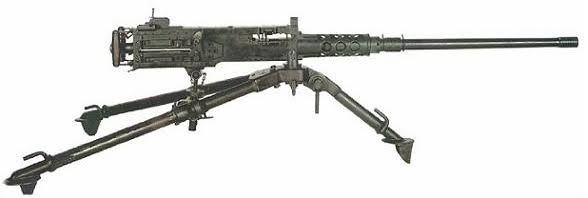Why was the Grumman F4F Wildcat not able to match the Mitsubishi A6M Zero in performance despite having a radial engine?
When comparing performances, there is a little bit of confusion. Both aircraft had a maximum speed of 331mph.
The engine arrangements in both planes were radial air-cooled and equally similar; the Wildcat’s Pratt & Whitney engine was a slightly larger unit, producing 1200 horsepower, whilst the Zero offered 950 horsepower.
However, it weighed only 3,704 pounds empty to 4,907 pounds for the Wildcat, allowing the Zero a climb rate of 3,090 feet per minute, a substantial 800 feet faster per minute than the 2,303 for the Wildcat. Nevertheless, Wildcatcat’s superior two-stage/two-step supercharger allowed it to pull ahead of the Zero in terms of altitude performance, reaching 39,500 feet (12,000 meters) versus the Zero’s 33,000 feet (10,
The additional weight of the Wildcat allowed for placement of pilot protection, self-sealing fuel tanks, and superior construction as compared to the short weight, origami assembly of the Zero.
The Zero’s armament was equipped with two light 7.7 mm (.303) rifle-caliber machine guns (500 rpg.) and two 20mm (0.787 in) type 99-1 M.3 cannons that held just 60 rounds per gun. The 7.7s would have difficulty damaging the Wildcat, and even at a per-gun rate of 60 rounds, a 600m/s muzzle speed, and its 520 rpm rate of fire, where aim was important because each burst only lasted six seconds.
The Wildcat could be assembled with four or six Browning M2 .50 caliber machine guns – all carrying 450 rounds each – and four would even be enough to damage an unarmored Zero. Clear advantage to the Wildcat.
If the Wildcat left it quite, the quick A6M2 Zero enjoyed all the turning skills. They quickly changed their tactics and F4F Wildcat completed the war with an excellent kill-loss ratio of 9:1.



